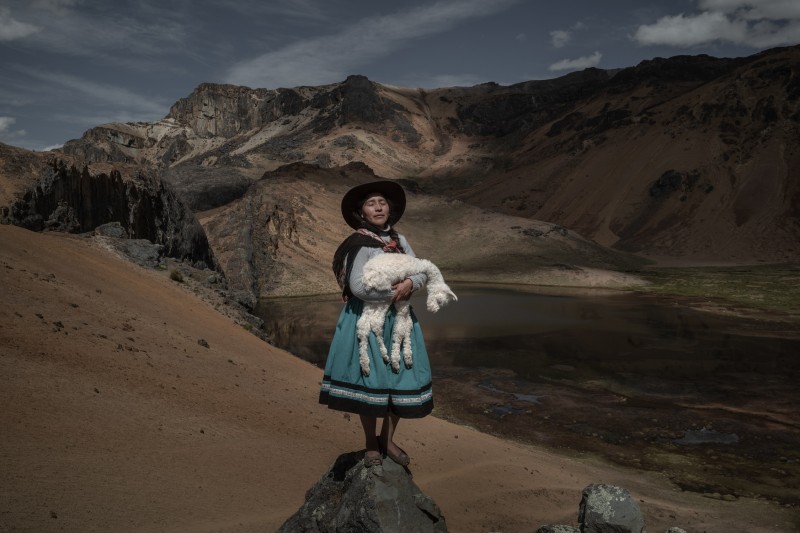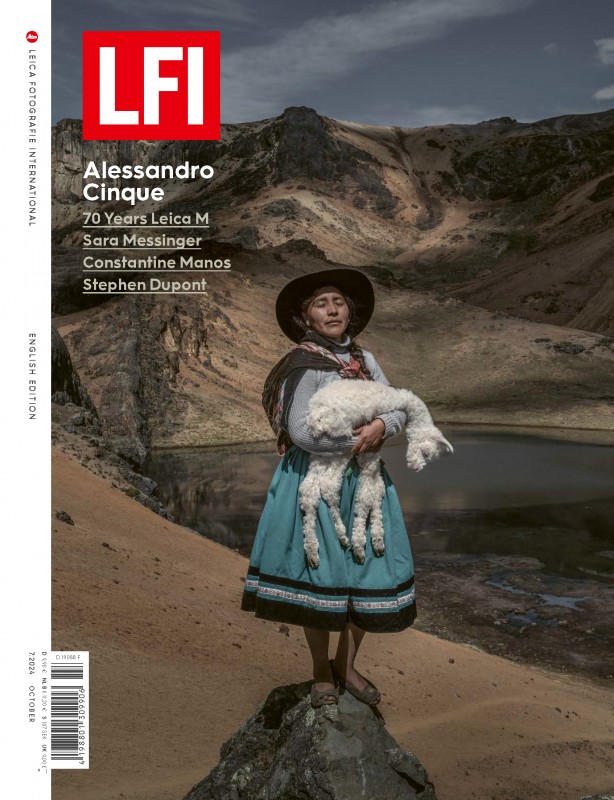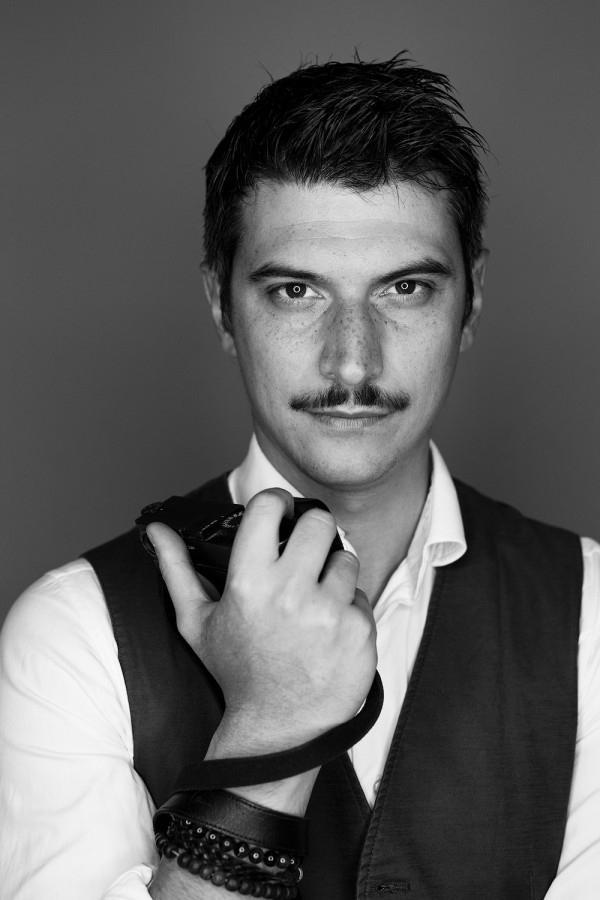On the Cover Photo
On the Cover Photo
Alessandro Cinque
September 30, 2024

I had arrived at Alina's family home the night before the shoot. Although I've been working at high altitudes for years, it's always a big effort for me to adapt to the height. Following a dirt road, their home at 4500meters is about five hours away from the last town called Antabamba. I arrived in the afternoon, at the last place where I could park the 4x4. After that I had to walk an hour to get to their house. I didn't sleep well at night because of the high altitude. On the morning of the shoot, after doing a Pachamama ritual, we started walking. It took us about nine hours to get to their hut at 5200 meters in altitude.
Physically I was not very fit; I just hadn't had time to adjust to the height. I took this photo during a moment when we took a break; perhaps in a moment of lucidity – but in the end it was pure luck. I was very sick in the afternoon after I'd arrived at the hut at 5200 metres. I was able to recover thanks to Alina's father's natural medicine remedies made of coca leaves and muña (an aromatic plant).
I've been working in the Peruvian Andes for eight years – I even decided to leave my homeland, Italy, to move to Peru and focus on telling the stories of these territories. This project is about the influence of multinational mining companies on the indigenous Quechua people. In recent years, many people told me about the climate crisis affecting the alpacas, so I decided to investigate this issue and received a grant from the Pulitzer Center to carry out the project. One of the chapters in my project is about photographing the migration alpaca ranchers are forced to do four times a year now, to find better land to graze their livestock. Shrinking glaciers and increased drought have dried pastures in the Andes, forcing the herders – many of whom are women – to search for new grazing grounds, often in difficult terrain. I spent two days with this family, sleeping at their homes and photographing them as they climbed from 4500 meters to 5200 meters, moving their herd and the goods they needed to settle in the new area for the next three months.
Speaking in an interview, Surquislla Gomez remembered, 'When I was little, my grandfather used to tell me how beautiful it was to graze in these valleys; but due to climate change the situation has changed, we can no longer live as we did before, and I am forced to make many sacrifices. But this is my life and my work and thanks to this I am able to support my children.'
I see the quintessential Peruvian Andes in this picture. The relationship between man, animal and landscape. I see circularity and togetherness in this image. I feel like I am seeing a mother caring for one of her babies — in this case a newborn alpaca.”
LFI 7.2024+-
Find our more about his project in LFI Magazine 7.2024. More
Alessandro Cinque+-
Social and ecological issues are at the forefront of Cinque’s work. In 2017, he documented gold mining in Senegal, and merchandise smuggling on the border between Iraq and Iran. In 2019, while studying at the International Center of Photography in New York City, he portrayed the Italian-American community in Williamsburg and photographed abandoned uranium mines in the Navajo Territories of Arizona. More


